Saludos Querida Comunidad!!!
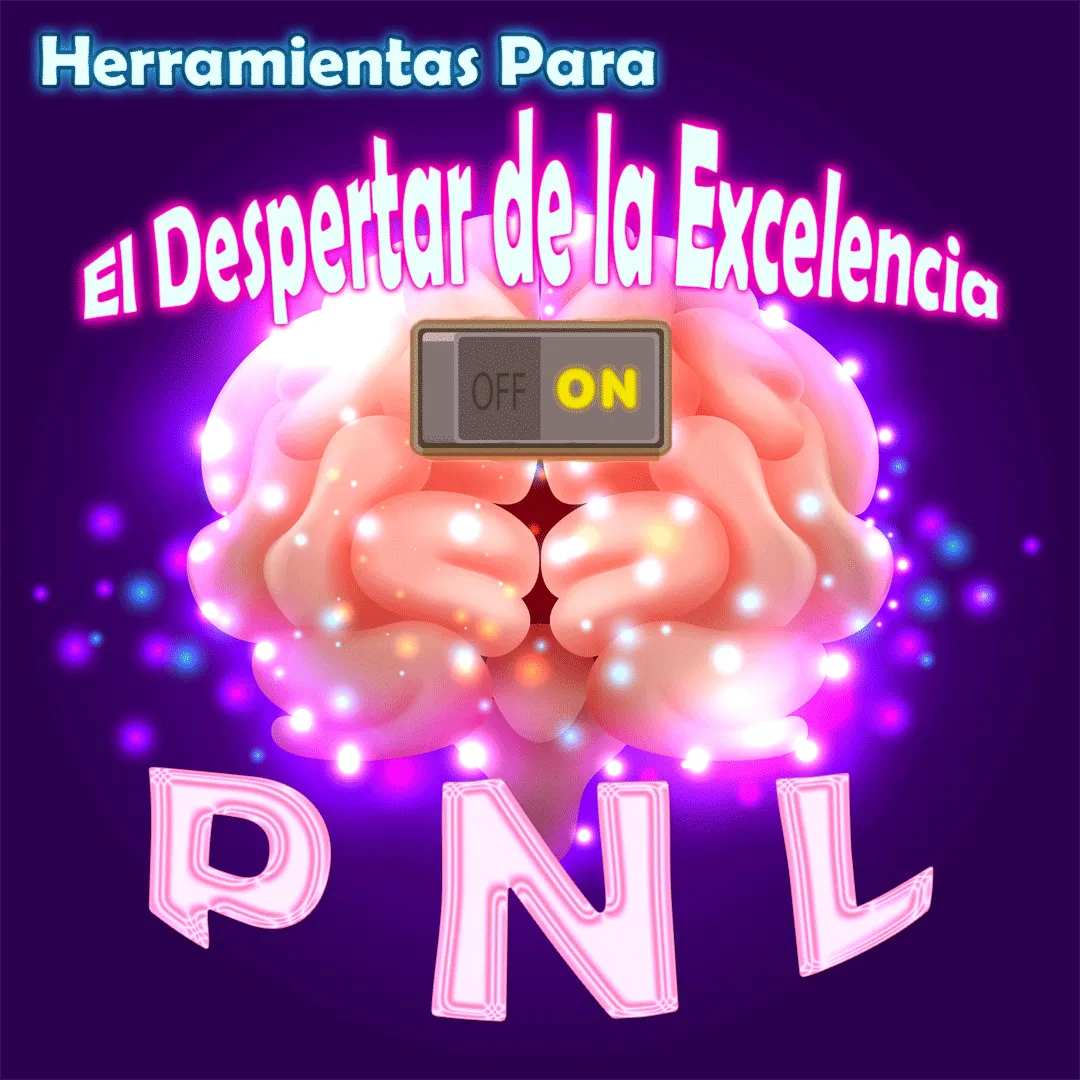
fuente♥️
Después de recorrer mi camino hacia la materialización de mis metas, visita mi post Como Materializar una Meta , y Por qué no se Materializa mi Meta ya en mis 18 años, uno de los facilitadores de Control Mental Silva, José Hemel Cárdena de la Rosa, nos introdujo en lo que hoy se conoce como Programación Neurolingüística.
Esto abrió mi mente y despertó todo un mundo de percepciones y auto conocimiento y pude identificar mi canal predominante.
Son muchos los términos que aprendí y apliqué, mencionaré algunos los que más utilice como Fisiología, Anclaje, Sistemas de Representación, Submodalidades, Rapport. En esos cursos, llamados Despertar de la Excelencia, algo que realmente me ayudó a romper con los patrones mentales fue la Caminata sobre Fuego, que hice varias veces, en 1988.
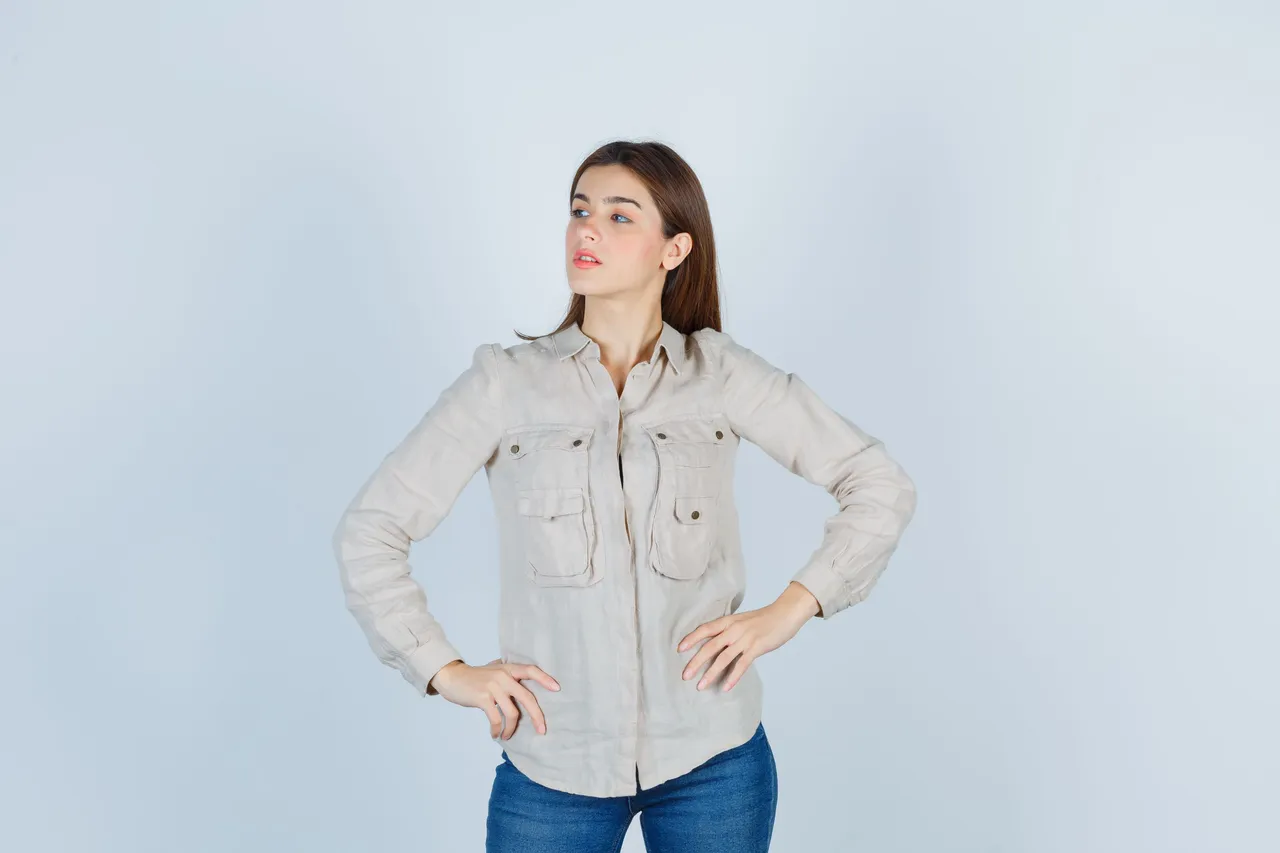
fuente
Fisiología
Este término se refiere a cómo te comunicas con la mente a través de tu cuerpo, los movimientos o posturas que adoptes, reflejarán lo que hay en tu interior, esto se traduce: "El cuerpo es el mensajero de la mente".
Esto se asocia a nuestros estados emocionales cuando estamos tristes o deprimidos, el cuerpo adopta automáticamente una postura, significa que si queremos cambiar un estado emocional podemos hacerlo a través de la atención consciente y cambiando la fisiología de nuestro cuerpo, esto es: "La calidad de tu vida depende de la calidad de tu movimiento".
Un ejemplo que nos dieron para probar fue que si un niño estaba llorando, le hacemos mirar hacia arriba, es muy difícil que llore si mira hacia arriba, pruébalo.
Cuando hicimos la caminata sobre brasas ardientes lo primero que había que hacer era adoptar una fisiología de Poder como primer requisito antes de caminar.
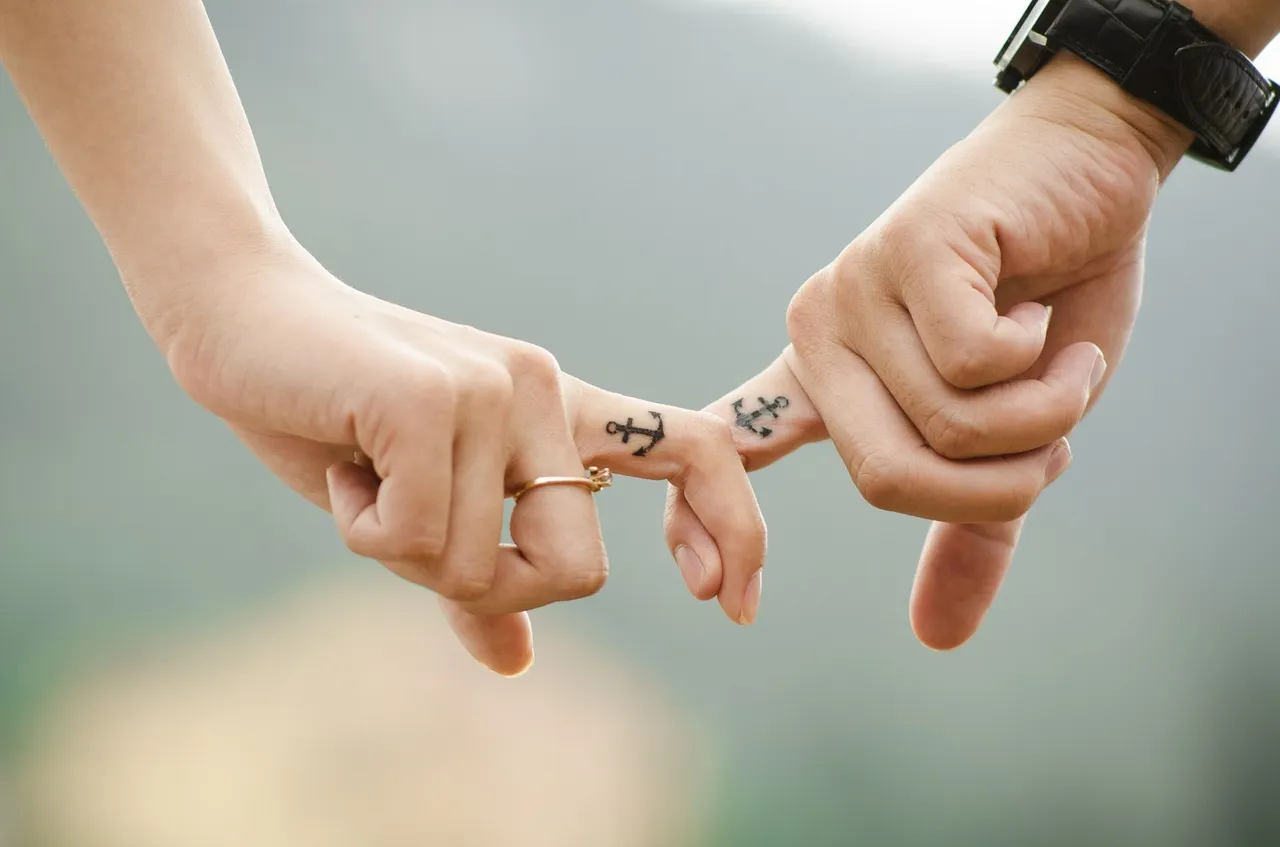
fuente
Anclaje
Como dice la palabra es fijar un determinado estado mental que puede ser útil en el futuro, para generar el mismo estado en un momento determinado.
Puedes utilizar estímulos visuales, auditivos o cinestésicos, particularmente he utilizado el estímulo cinestésicos que puede ser tocar el hombro, apretar un dedo, frotar una parte del cuerpo, cuando la persona está en un estado pleno de alegría, felicidad, satisfacción, poder, gozo.
Puedes anclarte a ti mismo o a otra persona cuando esté en un estado de poder y luego usarlo en el futuro cuando lo necesite.
Es maravilloso, lo he utilizado en situaciones que requerían salir del miedo, una exposición, dar una charla, hablar en público, y en el curso lo utilizamos para caminar sobre las brasas.
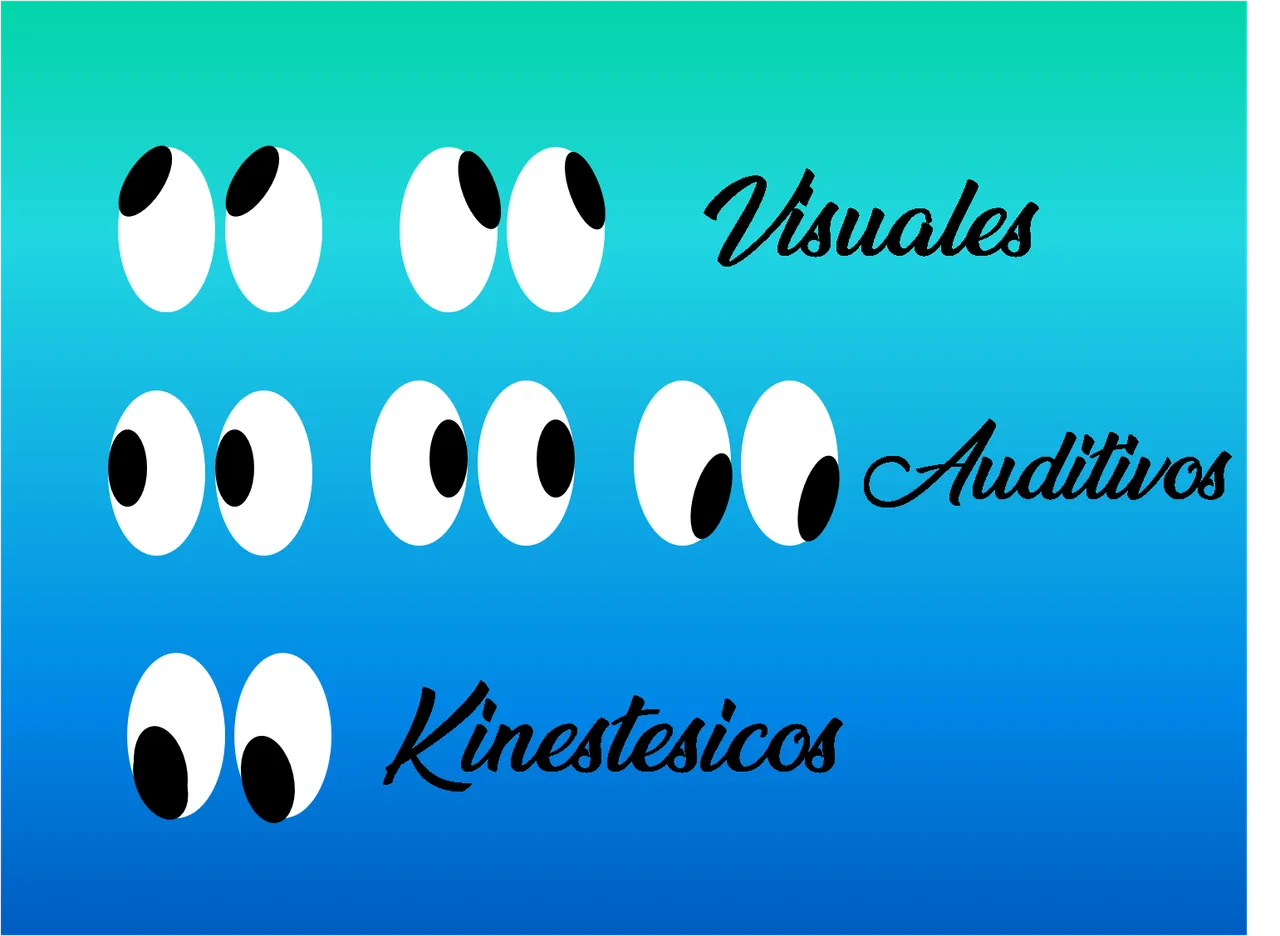
Sistema de Representación
Se refiere a cómo codificamos o programamos la información en nuestro cerebro. Se utilizan tres canales: auditivo, visual y cinestésico. Aunque todos utilizamos estos canales, hay uno que es dominante y a través del cual procesamos mejor la información.
Para identificar o identificarnos podemos hacerlo a través de la posición de los ojos al recordar algo:
- Visual: miran hacia arriba, a la derecha o a la izquierda.
- Auditivo: a la derecha o a la izquierda, abajo a la izquierda (en la línea horizontal a la altura de las orejas).
- Kinestésico: hacia abajo a la derecha.
Otra de las características de los canales es en el caso del Visual; no les gusta el acercamiento físico, mantienen la distancia, no les gusta que les invadan su espacio vital. Los auditivos aceptan un poco más el contacto físico. Y los Kinestésicos son las personas que necesitan el contacto físico para comunicarse, son las personas que cuando están hablando contigo, te tocan continuamente.
Esta información, para mí en particular, fue muy valiosa, ya que al conocerme a mí misma y a las otras personas, cómo funcionaban o se comunicaban, pude tener una mejor comprensión de sus comportamientos, gustos e intereses según su sistema de representación.
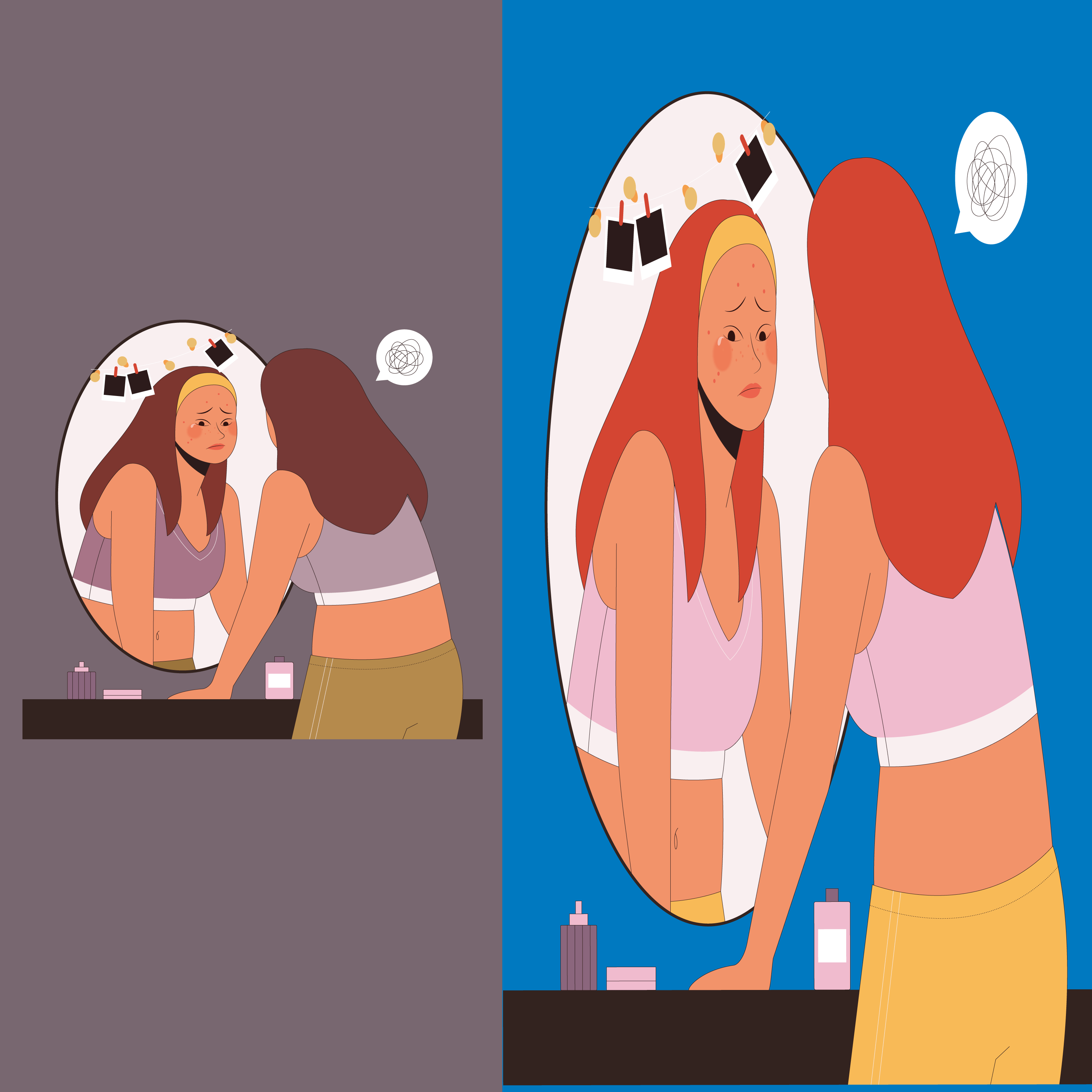
fuente
Submodalidades
Se refiere a las características y la calidad de los sistemas de representación, recordando que un sistema de representación es la forma de codificar o programar el cerebro, por ejemplo, el brillo de la imagen, la velocidad del sonido, la intensidad de la sensación.
Un ejercicio consiste en identificar las características o submodalidades de los aspectos visuales, auditivos y cinestésicos de una escena, por ejemplo, cuando no estoy motivado en una situación concreta.
Podemos escribir, por ejemplo, sobre los aspectos
Visuales: imagen fija o en movimiento, color o blanco y negro, brillante o apagado, intensidad del color, tamaño de la imagen, etc.
Auditivo: Volumen, tono, tiempo, timbre, ritmo, pausas, cerca o lejos, etc.
Kinestésico: Temperatura, vibración, movimiento, intensidad, tamaño, peso, forma, etc.
Repetimos este ejercicio pero ahora con una escena en la que esté motivado y anotamos los mismos elementos visuales, auditivos y kinestésicos y sus características.
Lo que haremos es cambiar la escena desmotivada colocando los elementos de la motivada. Supongamos que tu escena desmotivada era en blanco y negro y la escena motivada era en color. Colocaremos el color en su escena desmotivada y así con todos los demás elementos visuales, auditivos y kinestésicos.
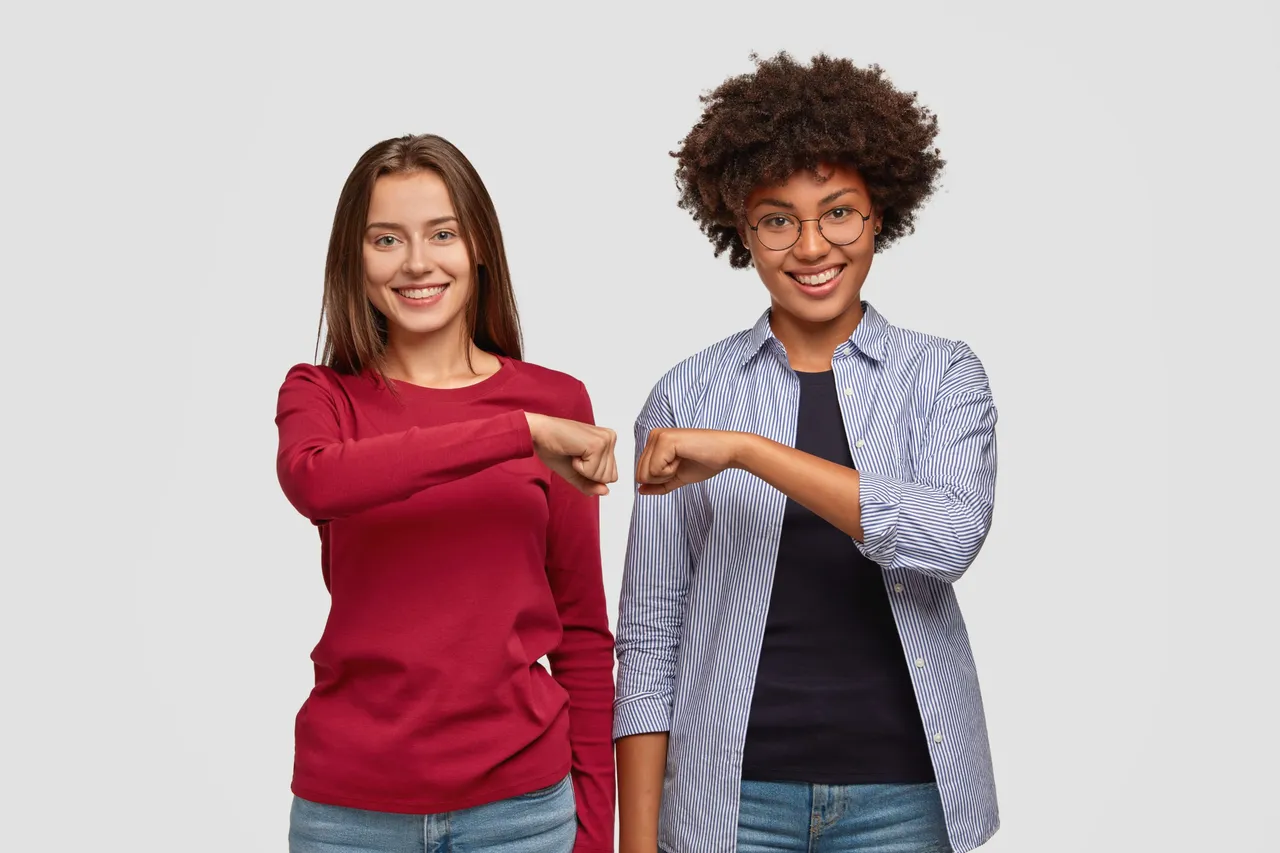
fuente
Rapport
Es la relación de armonía y confianza entre dos partes comunicantes. Es importante establecerla para obtener lo que se desea en la comunicación.
Una vez que hemos conocido los sistemas de representación y hemos conseguido determinar qué canal es el predominante, si el visual, el auditivo o el cinestésico, de la persona con la que estamos estableciendo la comunicación, podemos aplicar esta práctica.
Esta herramienta es muy útil para las ventas, nos pusieron un ejemplo de que si quisiéramos vender un carro, después de investigar el canal predominante si es visual, auditivo o kinestésico, haremos hincapié en los detalles por ejemplo: si es visual, hablar de los colores disponibles, el brillo, lo bonito que parece, mirar el salpicadero, el diseño, la forma, etc. si es auditivo, arrancar el motor, escuchar la potencia, encender el equipo de música. Si es kinestésico, lo suaves y cómodos que son los asientos, tocar el volante, lo bonito que es, la comodidad, etc.
Lo que entendí al utilizar esta herramienta es que la persona que más te gusta en el mundo eres tú mismo, es decir, cuanto más se parezca el entorno a ti, más cómodo estarás. Las otras herramientas de rapport consistían en:
Voz: utilizar el mismo tono, tempo, timbre y volumen de la voz de la otra persona.
Postura: adopta la misma postura que la otra persona, posición de los brazos, piernas, etc.
Ritmo respiratorio: prestar atención a su respiración e igualar su ritmo.
Gestos, expresión facial: identificar los gestos y expresiones e imitarlos.
Palabras clave: esté atento a las palabras que la persona repite y utilícelas ocasionalmente.
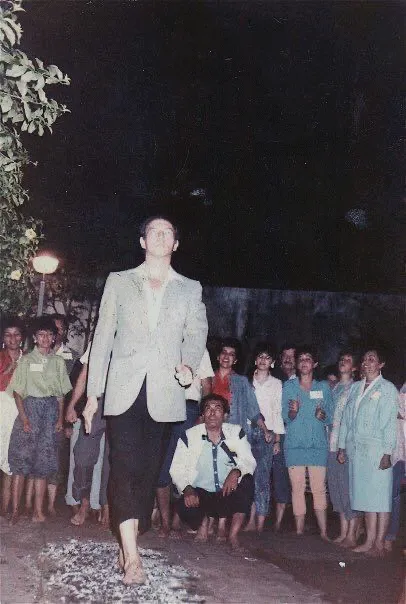
Puedo decir que utilicé todas las herramientas que aprendí en estos talleres de la mano de un maravilloso emprendedor como es José Hemel Cárdena de la Rosa, en la "Caminata del Poder", como él la llama, sobre dos metros de brasas ardientes, utilizamos estas herramientas: fisiología del Poder, Activar anclajes, lo que él llamaba la esfera de la excelencia, miramos hacia arriba y repetimos agua fría, agua fría. Es increíble lo que somos capaces de hacer. El objetivo era transformar el miedo en Poder.
Espero que esta información sea útil, para mí fue bonito recordar y retomar esta información, para mi próximo post seguiré compartiendo más herramientas para vivir de una manera más efectiva y plena.
¡Gracias por leer mi post!

English version
PNL Tools for The Awakening Excellence.
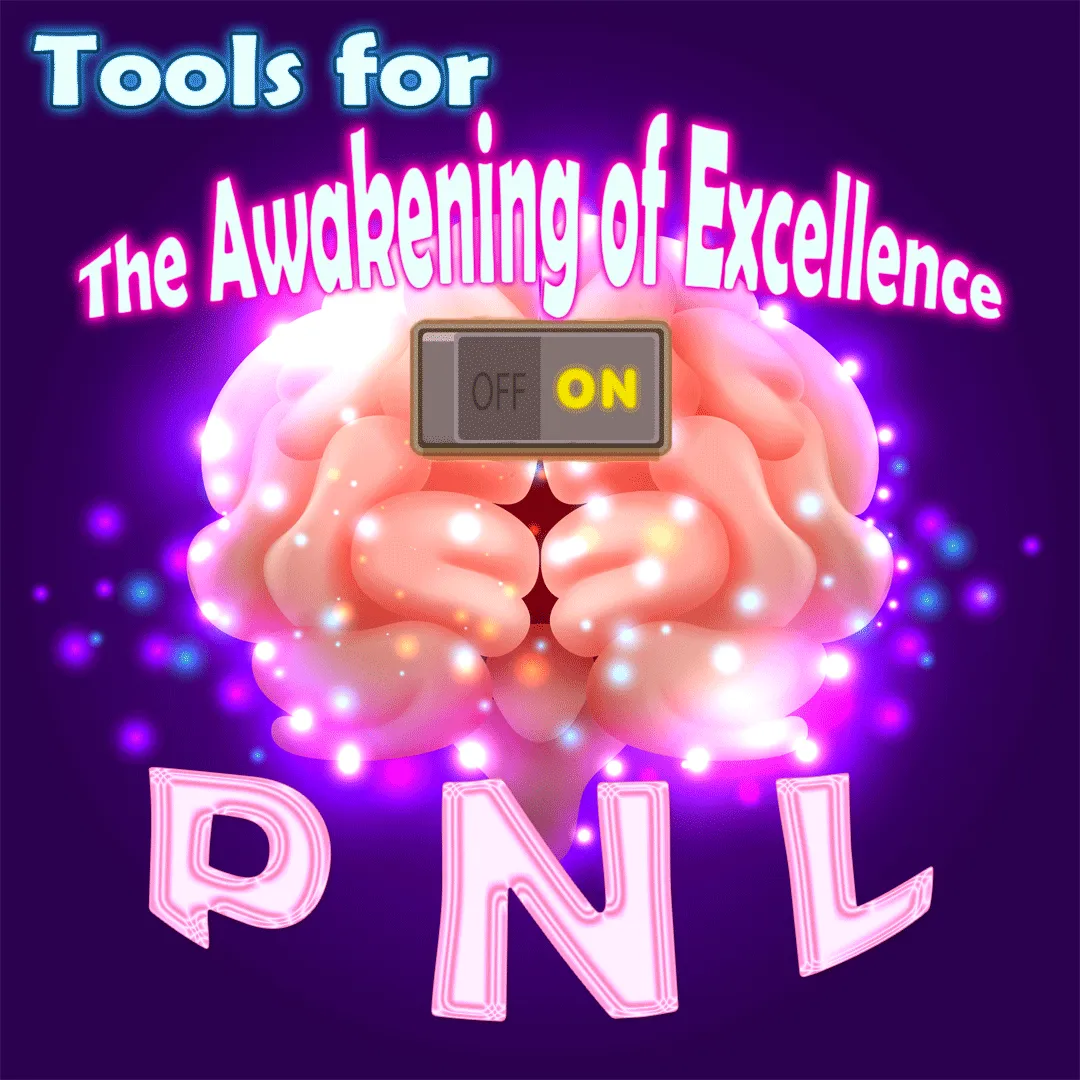
fuente♥️
After walking my path towards the materialization of my goals, I visited my post, already in my 18's, one of the facilitators of Silva Mind Control, José Hemel Cárdena de la Rosa, introduced us to what is known today as Neurolinguistic Programming.
This opened my mind and awakened a whole world of insights and self-knowledge and I was able to identify my predominant channel.
There are many terms I learned and applied, I will mention some of the ones I used the most like Physiology, Anchoring, Representation Systems, Submodalities, Rapport. In those courses, called Awakening of Excellence, something that really helped me to break mental patterns was the Fire Walk, which I did several times, in 1988.

fuente
Physiology
This term refers to how you communicate with the mind through your body, the movements or postures you adopt will reflect what is inside you, this translates: "The body is the messenger of the mind".
This is associated with our emotional states when we are sad or depressed, the body automatically adopts a posture, which means that if we want to change an emotional state we can do it through conscious attention and changing the physiology of our body, that is: "The quality of your life depends on the quality of your movement".
One example we were given to test was that if a child was crying, we make him look up, it is very difficult for him to cry if he looks up, tries it.
When we did the walk on burning embers the first thing to do was to adopt the physiology of Power as a first requirement before walking.

fuente
Anchoring
As the word says is to fix a certain mental state that can be useful in the future, to generate the same state at a certain time.
You can use visual, auditory, or kinesthetic stimuli, particularly I have used the physical stimulus that can be touching the shoulder, squeezing a finger, rubbing a part of the body, when the person is in a full state of joy, happiness, satisfaction, power, joy.
You can anchor yourself or another person when they are in a state of power and then use it in the future when they need it.
It is wonderful, I have used it in situations that required coming out of fear, an exhibition, giving a talk, public speaking, and in the course, we use it to walk on the burning coals.
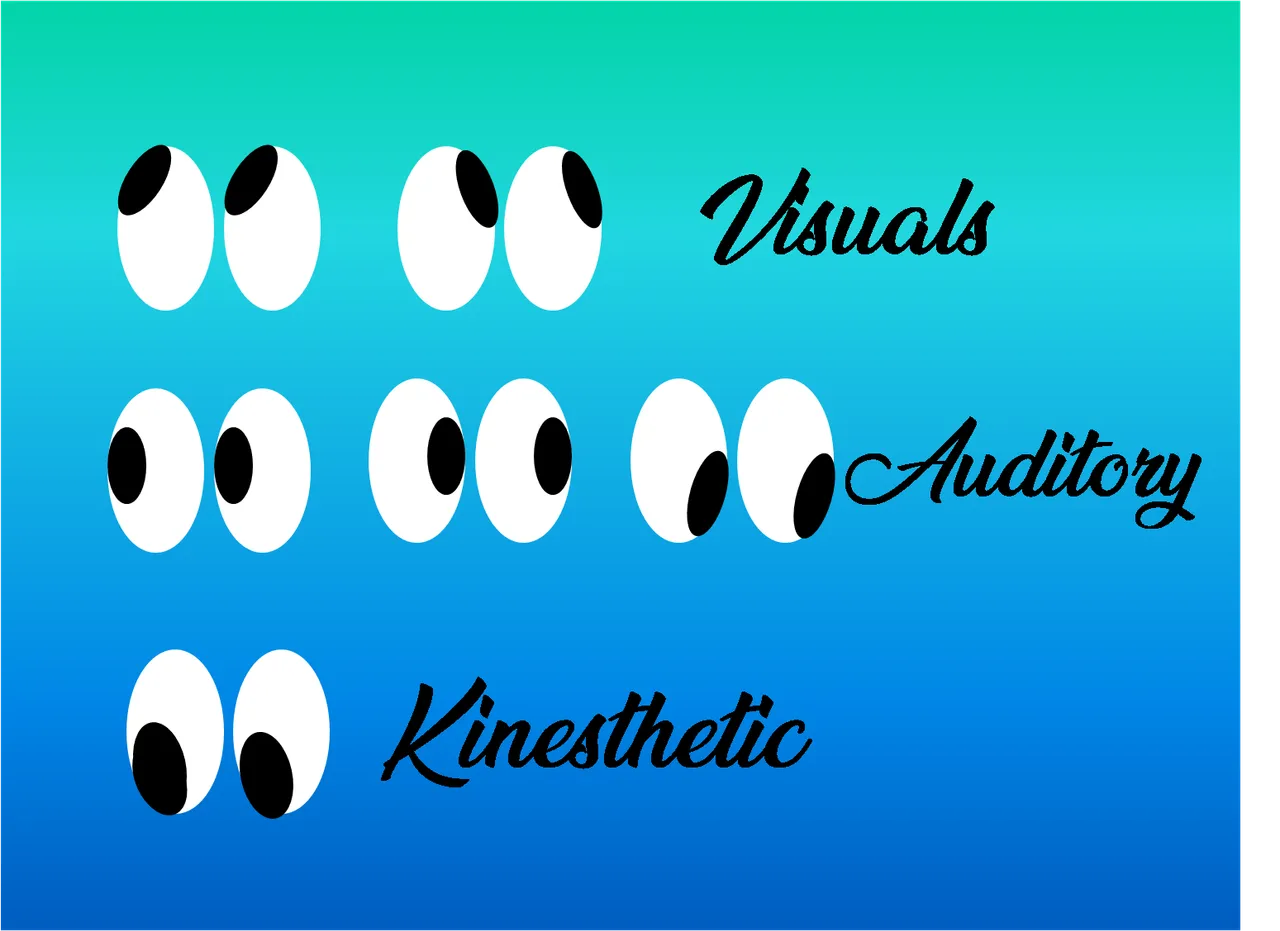
Representation System
It refers to how we encode our program information in our brain. Three channels are used: auditory, visual, and kinesthetic. Although we all use these channels, there is one that is dominant and through which we process information best..
To identify or identify ourselves we can do it through the position of the eyes when remembering something:
- Visual: They look up to the right or to the left.
- Auditory: to the right or left, down to the left (on the horizontal line at the level of the ears).
- Kinesthetic: down to the right.
Another of the characteristics of the channels is in the case of the Visual; they do not like physical contact, they keep a distance, they do not like to have their vital space invaded. The auditory accepts a little more physical contact. And the Kinesthetic are the people who need physical contact to communicate, they are the people who when they are talking to you, touch you continuously.
This information, for me in particular, was very valuable, since by getting to know myself and the other people, how they functioned or communicated, I was able to have a better understanding of their behaviors, tastes and interests according to their system of representation.

fuente
Submodalities
Refers to the characteristics and quality of the representational systems, remembering that a representational system is a way you encode or program your brain, e.g. the brightness of the image, the speed of the sound, the intensity of the sensation.
One exercise is to identify the characteristics or submodalities of the visual, auditory, and kinesthetic aspects of a scene, for example, when I am not motivated in a specific situation.
We can write for example on the aspects:
Visual: still or moving image, color or black and white, bright or dull, color intensity, image size, etc.
Auditory: Volume, tone, timing, timbre, rhythm, pauses, near or far, etc.
Kinesthetic: Temperature, vibration, movement, intensity, size, weight, shape, etc.
We repeat this exercise but now with a scene in which he/she is motivated and we write down the same visual, auditory, and kinesthetic elements and their characteristics. What we will do is to change the unmotivated scene by placing the elements of the motivated one. Let's suppose that your unmotivated scene was in black and white and the motivating scene was in color. We will place color in your unmotivated scene and so on with all the other visual, auditory, and kinesthetic elements.

fuente
Rapport
It is the relationship of harmony and trust between two communicating parties. It is important to establish it in order to obtain what is desired in the communication.
Once we have learned about the systems of representation and managed to determine which channel is predominant, whether visual, auditory, or kinesthetic, the person with whom we are establishing communication, we can apply this practice.
This tool is very useful for sales, we were given an example that if we wanted to sell a car, after investigating the predominant channel if it is visual, auditory, or kinesthetic, we will emphasize the details for example: if it is visual, talk about the colors available, the brightness, how nice it looks, look at the dashboard, design, shape, etc. if it is auditory, start the engine, listen to the power, turn on the stereo. If it is kinesthetic, how soft and comfortable the seats are, touching the steering wheel, how nice it is, the comfort, etc.
What I understood by using this tool is that the person you like the most in the world is yourself, that is, the more the environment resembles you, the more comfortable you will be. The other rapport tools consisted of:
Voice: use the same tone, tempo, timbre,, and volume of the other person's voice.
Posture: adopt the same posture as the other person, position of the arms, legs, etc.
Breathing rhythm: pay attention to their breathing and match their rhythm.
Gestures, Facial Expression: identify gestures and expressions and imitate them.
Key words: be attentive to the words the person repeats and use them occasionally.

I can say that I used all the tools that I learned in these workshops from the hand of a wonderful entrepreneur such as José Hemel Cárdena de la Rosa, in the "Power Walk", as he calls it, over two meters of burning embers, we used these tools: physiology of Power, Activate anchors, what he called the sphere of excellence, we looked up and repeated cold water, cold water. It's amazing what we are capable of doing. The goal was to transform fear into power.
I hope this information is useful, for it was nice to remember and retake this information, for my next post I will continue sharing more tools to live in a more effective and fulfilling way.
Thanks for reading my post!

